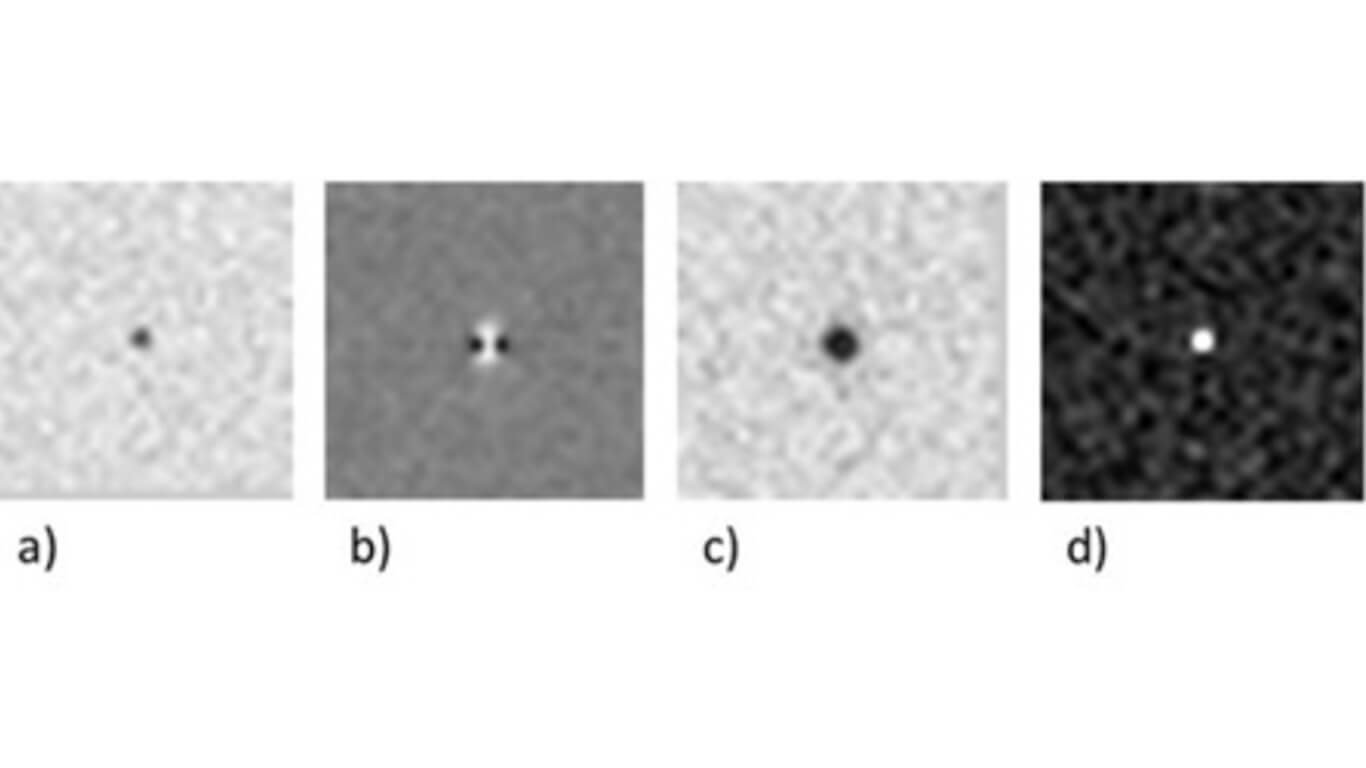
Determination of detection sensitivity for cerebral microbleeds using susceptibility- weighted imaging
By: Karen Holzberger, President & CEO of SpinTech MRI
Author(s): Sagar Bucha , Yu-Chung N. Chengb , Jiani Hub , Saifeng Liua , John Beaverc , Rajasimhan Rajagovindanc and E. Mark Haackea,b*
Journal: NMR in Biomedicine
Published: 2016
Read Full Paper: https://analyticalsciencejournals.onlinelibrary.wiley.com/doi/10.1002/nbm.3551
Abstract

Cerebral microbleeds (CMBs) are small brain hemorrhages caused by the break down or structural abnormalities of small vessels of the brain. Owing to the paramagnetic properties of blood degradation products, CMBs can be detected in vivo using susceptibility‐weighted imaging (SWI).
SWI can be used not only to detect iron changes and CMBs, but also to differentiate them from calcifications, both of which may be important MR‐based biomarkers for neurodegenerative diseases. Moreover, SWI can be used to quantify the iron in CMBs. SWI and gradient echo (GE) imaging are the two most common methods for the detection of iron deposition and CMBs.
This study provides a comprehensive analysis of the number of voxels detected in the presence of a CMB on GE magnitude, phase and SWI composite images as a function of resolution, signal‐to‐noise ratio (SNR), TE, field strength and susceptibility using in silico experiments.
Method
Susceptibility maps were used to quantify the bias in the effective susceptibility value and to determine the optimal TE for CMB quantification. We observed a non‐linear trend with susceptibility for CMB detection from the magnitude images, but a linear trend with susceptibility for CMB detection from the phase and SWI composite images. The optimal TE values for CMB quantification were found to be 3 ms at 7 T, 7 ms at 3 T and 14 ms at 1.5 T for a CMB of one voxel in diameter with an SNR of 20: 1. The simulations of signal loss and detectability were used to generate theoretical formulae for predictions.

